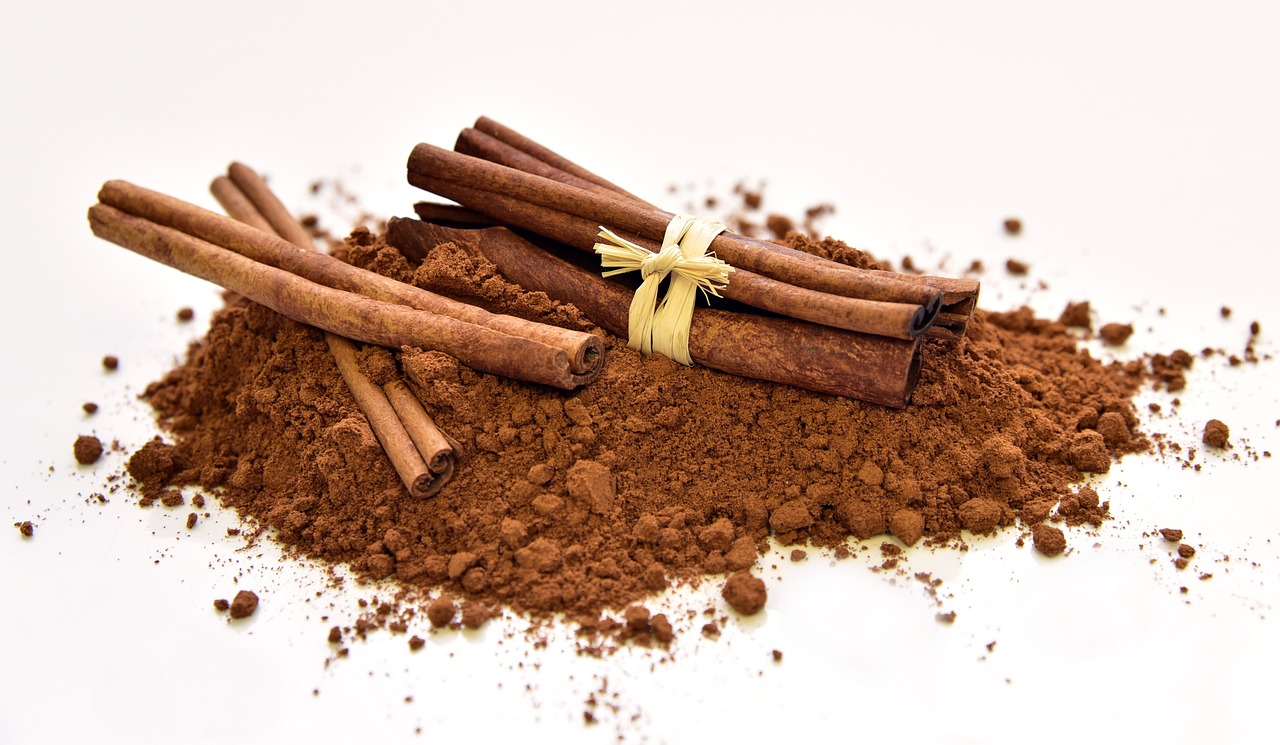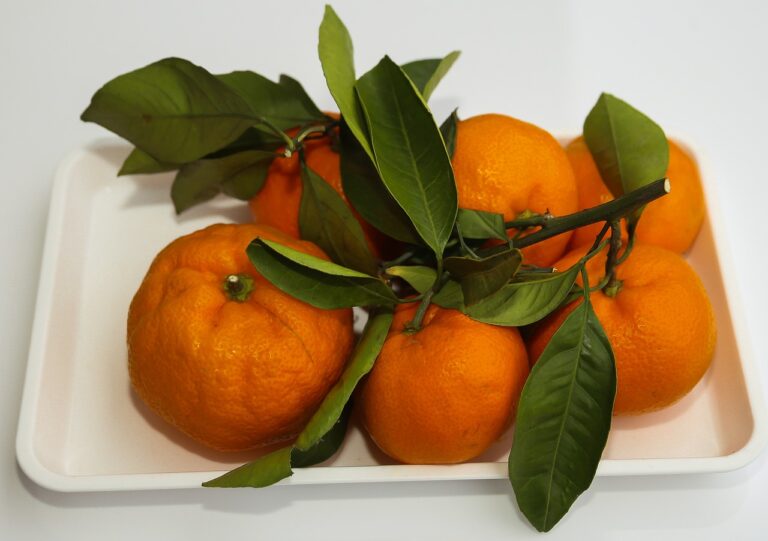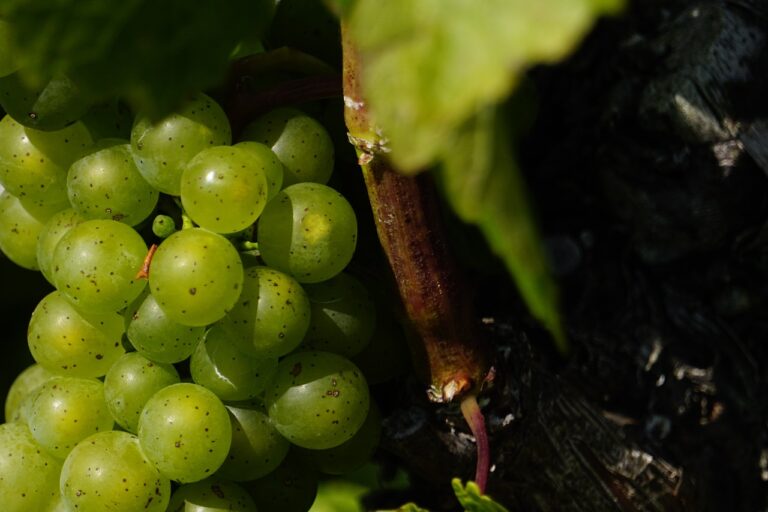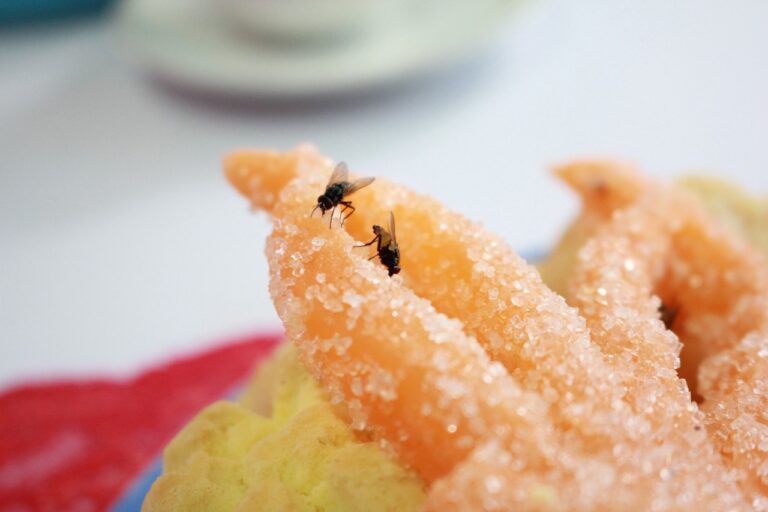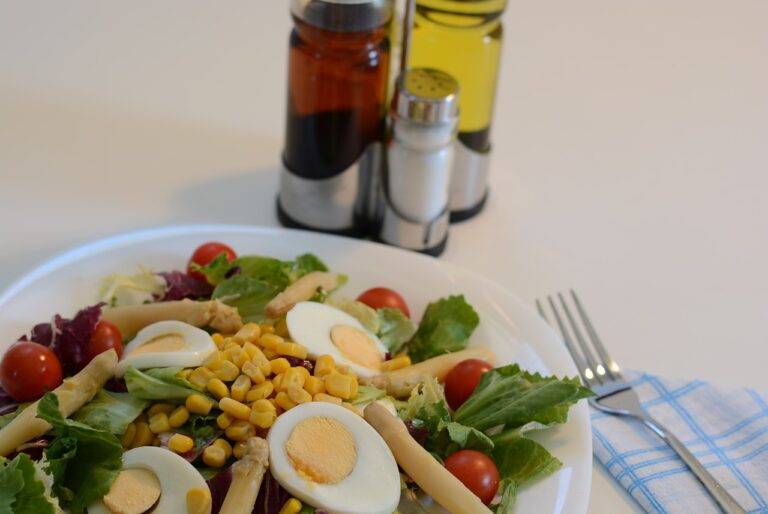Food as an Art Form: Exploring Culinary Creativity
Food has always been an essential part of human life, not only as a source of nourishment but also as a form of art that reflects culture, creativity, and innovation. Culinary creativity is a unique expression of human ingenuity that combines flavors, textures, colors, and techniques to create masterpieces that tantalize our taste buds and delight our senses. In this article, we will explore the concept of food as an art form, the principles of culinary creativity, and how top chefs around the world are pushing the boundaries of gastronomy to create unforgettable dining experiences.
The Art of Plating
One of the fundamental principles of culinary creativity is the art of plating. Plating is the final step in the culinary process where chefs meticulously arrange the food on a plate to create a visually stunning presentation. The way a dish is plated can drastically change the dining experience, making it more appealing and appetizing. Chefs often use different plating techniques such as stacking, layering, and drizzling to create visually striking dishes that not only taste delicious but also look like works of art.
Flavor Pairing
Another essential aspect of culinary creativity is flavor pairing. Chefs are constantly experimenting with different flavor combinations to create dishes that are balanced, harmonious, and unexpected. The art of flavor pairing involves understanding the nuances of different ingredients and how they interact with each other to create complex and intriguing flavor profiles. By combining sweet and savory, salty and spicy, or acidic and creamy flavors, chefs can elevate a dish from ordinary to extraordinary.
Texture Play
Texture is another crucial element of culinary creativity. Chefs often play with different textures such as crispy, creamy, crunchy, and tender to create dishes that are not only delicious but also interesting to eat. By incorporating contrasting textures in a dish, chefs can create a multi-sensory experience that engages the taste buds and keeps diners coming back for more.
Global Influences
Culinary creativity is also influenced by global flavors and ingredients. Chefs around the world are drawing inspiration from diverse culinary traditions to create fusion dishes that push the boundaries of gastronomy. By incorporating exotic spices, unusual ingredients, and innovative techniques, chefs can create dishes that are both familiar and surprising, appealing to adventurous diners looking for new and exciting culinary experiences.
Sustainable Cooking
In recent years, there has been a growing emphasis on sustainable cooking practices in the culinary world. Chefs are increasingly using local, seasonal, and organic ingredients to create dishes that are not only delicious but also environmentally friendly. By supporting local farmers, reducing food waste, and promoting sustainable practices, chefs can create dishes that not only taste good but also do good for the planet.
Technology in the Kitchen
Technology is also playing a significant role in culinary creativity. Chefs are using innovative cooking techniques, high-tech kitchen gadgets, and molecular gastronomy to create dishes that are innovative, futuristic, and mind-blowing. By using sous vide cooking, liquid nitrogen, or 3D food printing, chefs can push the boundaries of traditional cooking and create dishes that are avant-garde and cutting-edge.
Culinary Creativity in Practice
Top chefs around the world are constantly pushing the boundaries of culinary creativity to create dishes that are not only delicious but also visually stunning and intellectually stimulating. Chefs like Ferran Adria, Heston Blumenthal, and Massimo Bottura have revolutionized the culinary world with their innovative cooking techniques and experimental approach to food. By combining art, science, and passion, these chefs have elevated food to an art form and inspired a new generation of culinary creatives.
Conclusion
In conclusion, food is not just a source of sustenance but also a form of art that reflects culture, creativity, and innovation. Culinary creativity involves the art of plating, flavor pairing, texture play, global influences, sustainable cooking, and technology in the kitchen. Top chefs around the world are constantly pushing the boundaries of gastronomy to create dishes that are not only delicious but also visually stunning, intellectually stimulating, and emotionally satisfying. By embracing culinary creativity, we can experience food as an art form and enjoy unforgettable dining experiences that tantalize our taste buds and delight our senses.
FAQs
Q: What is culinary creativity?
A: Culinary creativity is the art of combining flavors, textures, colors, and techniques to create dishes that are not only delicious but also visually stunning and intellectually stimulating.
Q: How can I enhance my culinary creativity?
A: You can enhance your culinary creativity by experimenting with different ingredients, flavors, and techniques, learning from top chefs, and drawing inspiration from global culinary traditions.
Q: Why is sustainability important in culinary creativity?
A: Sustainability is important in culinary creativity because it promotes ethical sourcing, reduces food waste, and supports environmental conservation efforts.
Q: How can technology enhance culinary creativity?
A: Technology can enhance culinary creativity by providing innovative cooking techniques, high-tech kitchen gadgets, and new ways of experimenting with food.

